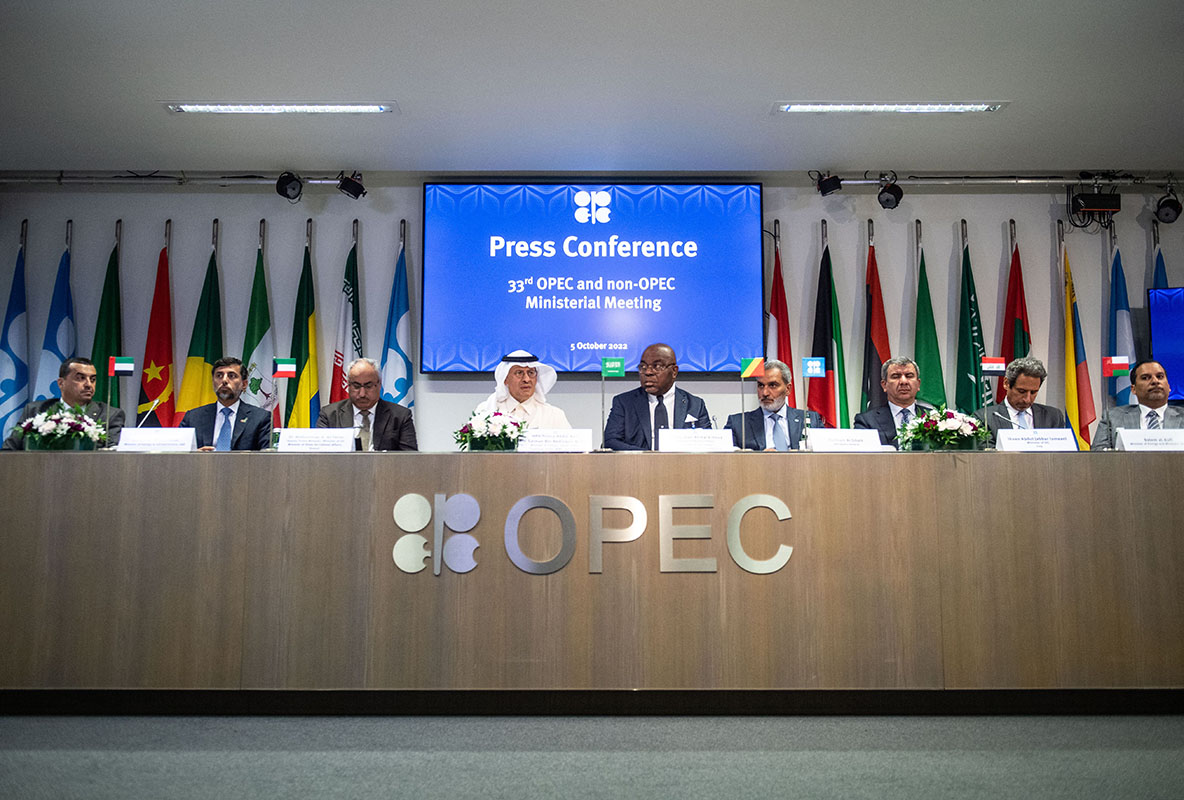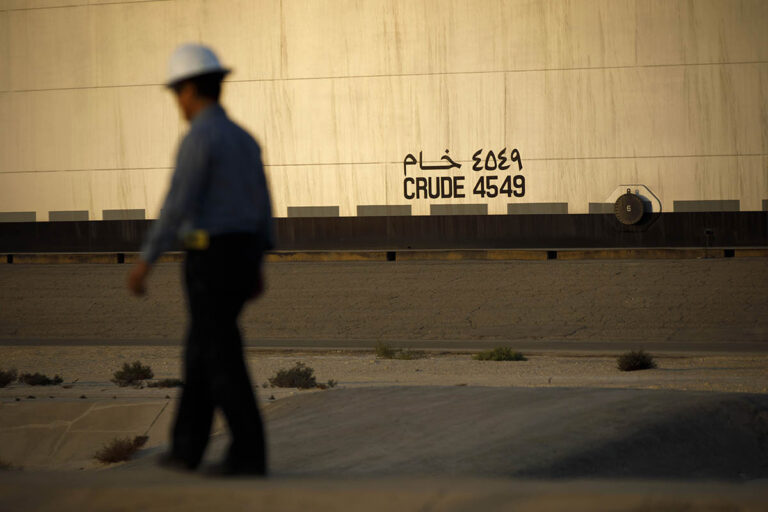In December 2016 the Organisation of Petroleum Exporting Countries (OPEC) came together with 10 allied countries to form OPEC+. Their remit was to cooperate in efforts to stabilize global oil prices. The following years proved to be particularly turbulent, offering a valuable opportunity to gauge the success of the OPEC+ agreement.
A team including KAPSARC researchers have developed a numerical model to examine the efforts of OPEC+ in stabilizing the global oil market from December 2016 to September 2021. Their results show that the actions of OPEC+ reduced price volatility by up to one half, both before and during the COVID-19 pandemic. They also showed that maintaining a buffer of excess production capacity is worth the considerable investments needed to support the practice.
“Without the rebalancing efforts of OPEC and its allies, these physical shocks would translate to price shocks, which are damaging to the global economy.”
James L. Smith
“OPEC+ increase or decrease oil production on a monthly basis depending on global circumstances and regular physical ‘shocks’ to supply and demand,” says James Smith, former Maguire Chair in Oil & Gas Management at Southern Methodist University in Dallas, Texas, who worked on the project with KAPSARC experts Hossa Almutairi and Axel Pierru. “Examples of such shocks include extreme weather, the COVID-19 pandemic, and the Ukraine war.”
OPEC+ can then offset shocks by using ‘spare capacity’—stockpiles of oil designed to be produced within 30 days of a shock and to provide supply for at least 90 days.
“Without the rebalancing efforts of OPEC and its allies, these physical shocks would translate to price shocks, which are damaging to the global economy,” says Smith.
The team’s model mirrors how the actions of OPEC+ impact oil prices. To give an accurate representation of the market, the researchers fitted the model to actual historical data of monthly movements in OPEC/OPEC+ production versus prices over 20 years (from 2001 to 2021). They then modelled what could have happened to oil prices had OPEC and OPEC+ not stepped in during the various ‘shocks’ over that time.
“It’s interesting to have the unprecedented pandemic shock in our analysis,” notes Smith. “OPEC+ reduced price fluctuations by around one half. Had prices been left to surge or spiral, the economic damage for the global economy would have been considerable.”
OPEC+ management of spare capacity, in collaboration with governments of oil consuming countries, was also vital in stabilizing prices. The researchers are now exploring the effects of the pandemic and the Ukraine war in more detail.
“Many basic aspects of the oil market are changing fast,” concludes Smith. “The past performance of OPEC and its allies is no guarantee of similar performance in future; it bears watching closely.”
Reference
Almutairi, H., Pierru, A. and Smith, J.L. Oil market stabilization: The performance of OPEC and its allies. The Energy Journal 44 (6), 1-22, 2023. | Article




